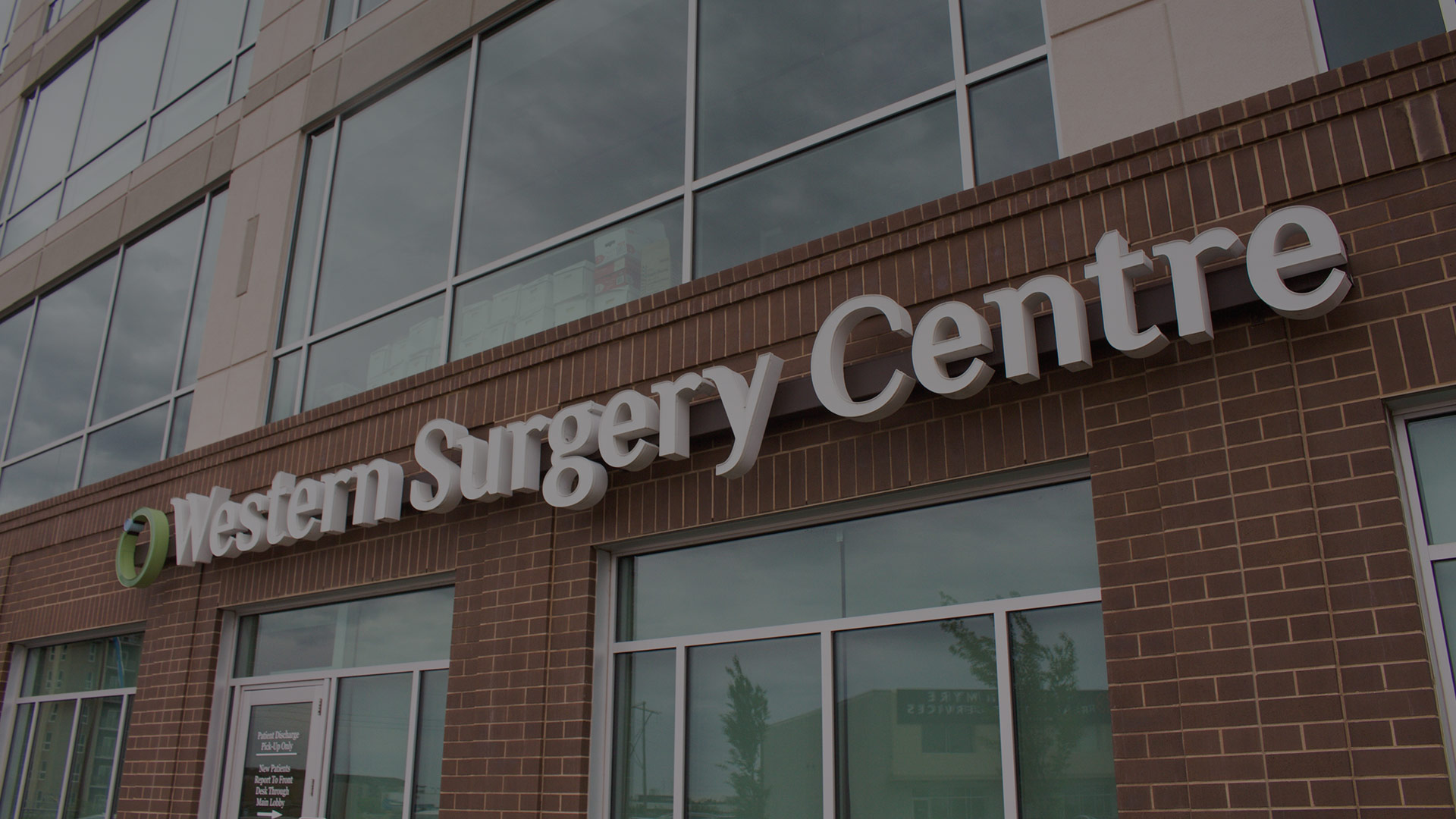
26 Aug What You Need to Know About Facelift
Nothing can stop the aging process, but in recent years many more people are turning to facelift surgery for a more youthful appearance. According to the American Society for Aesthetic Plastic Surgery more than 150,000 people in the United States had a facelift in 2004, and in recent years the demand for facelifts has increased by 14%, according to the latest audit figures from the British Association of Aesthetic Plastic Surgeons.
As we age, particularly between the age of 40 to 60, the dermis, or lower layer of skin, gets thinner. It is comprised of several different types of tissue, including elastin and collagen. Elastin gives the skin its elasticity, and collagen keeps the skin taut. Eventually both of these proteins begin to break down, causing the skin to loosen. Skin on eyelids develops into folds, wrinkles deepen at the corner of the mouth. The area droops and the jaw line becomes floppy. The angle between the neck and chin become less clearly defined. How quickly this happens depends largely on genes, although smoking and exposure to sun can accelerate the process.
A facelift can’t completely erase the signs of ageing, but a recent article published by the website Jama Facial Plastic Surgery found that facelifts made people look an average of three years younger than their real age.
Since each face has a unique shape and contour, facelift surgery will be slightly different for each patient. Before the procedure, our doctors will evaluate your skin consistency and explain the surgery. If you smoke you will be asked to stop at least a week or two before the surgery and stay off of cigarettes for a couple of weeks after the surgery, because smoking inhibits blood flow to the skin and can interfere with healing. We also ask patients to avoid Aspirin and other medications that can increase bleeding.
During a traditional facelift, the doctor makes an incision that typically begins around the hairline from the temple and curves around the earlobe, ending at the bottom of the hairline. The surgeon may also make a small incision under the chin to specifically tighten the skin of the neck.
The doctor first separates the skin from the fat and muscle underneath. They suction out (via liposuction) or trim excess fat to give the face a sleeker look. Underneath the skin is a layer of tissue called the SMAS (superficial musculoaponeurotic system). The doctor tightens this layer by folding it — pulling it back over itself. Tightening the SMAS layer lifts the cheeks, gives the jawline more definition, and firms the neck.
People often want to know how long the effects last and an article in the journal Plastic and Reconstructive Surgery answers this question by using standardised measuring techniques and a validated rating system. In this study, 50 people who had had facelifts after 2001 had facial measurements taken by a computer, as well as before and after photographs assessed by five independent raters. The study found that five and a half years after surgery, 76% of people still looked younger than before their facelifts. The neck sagged the most after surgery and the improvement of the angle between the chin and neck seen after the facelift was observed to have reduced in two-thirds of people.
If you’re interested in finding out whether facelift surgery is right for you,visit our website or call us at 204-947-9322 to schedule an appointment to speak to one of our surgeons and see how we can help you look and feel younger!


No Comments